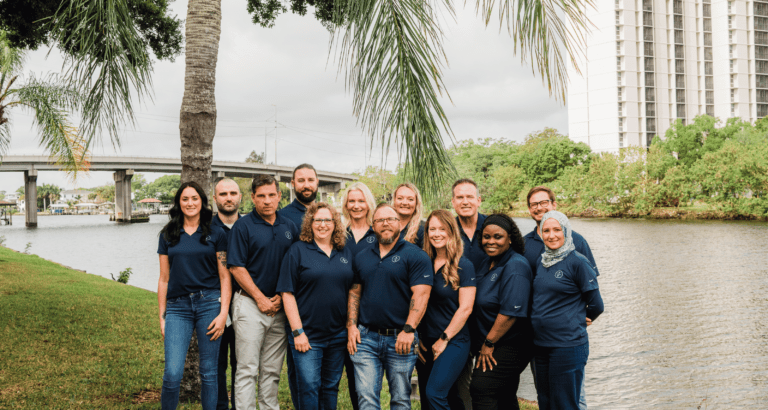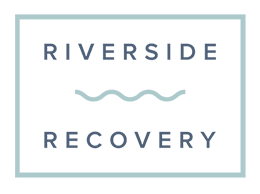INTERVIEW
Johnny Coley
Ret. Desert Storm Veteran 2nd Squadron 2nd Armored Cavalry Regiment
Interview: Johnny Coley
Interviewed by: Jotham Fady

Johnny Coley | Ret. Desert Storm Veteran 2nd Squadron 2nd Armored Cavalry Regiment
Johnny Coley is a remarkable individual who successfully transitioned from homelessness to a life of sobriety. He shares that overcoming homelessness began with confronting his substance abuse issues and addressing mental health comorbidities. While at Riverside, Johnny says he learned invaluable insights into the disease of addiction and discovered strategies for maintaining abstinence.
How did you overcome homelessness?
I overcame homelessness by addressing my substance abuse issues and other mental health comorbidities (cooccurring disorders), which kept me in a downward spiral. Of course, I couldn’t handle my responsibilities and needed to address those issues, which I did at Riverside Recovery of Tampa. They helped me to become self-sufficient and get back on track.
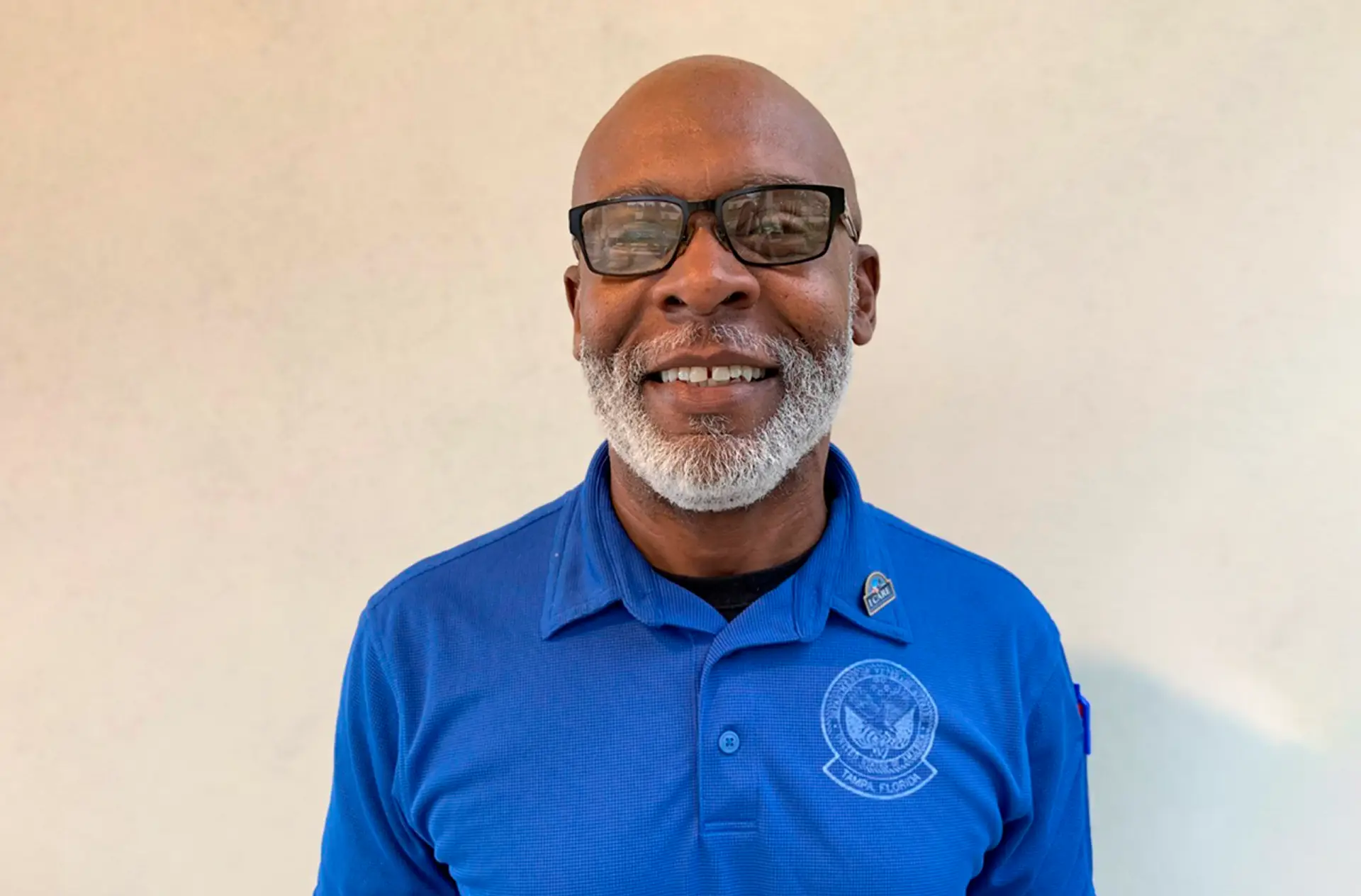
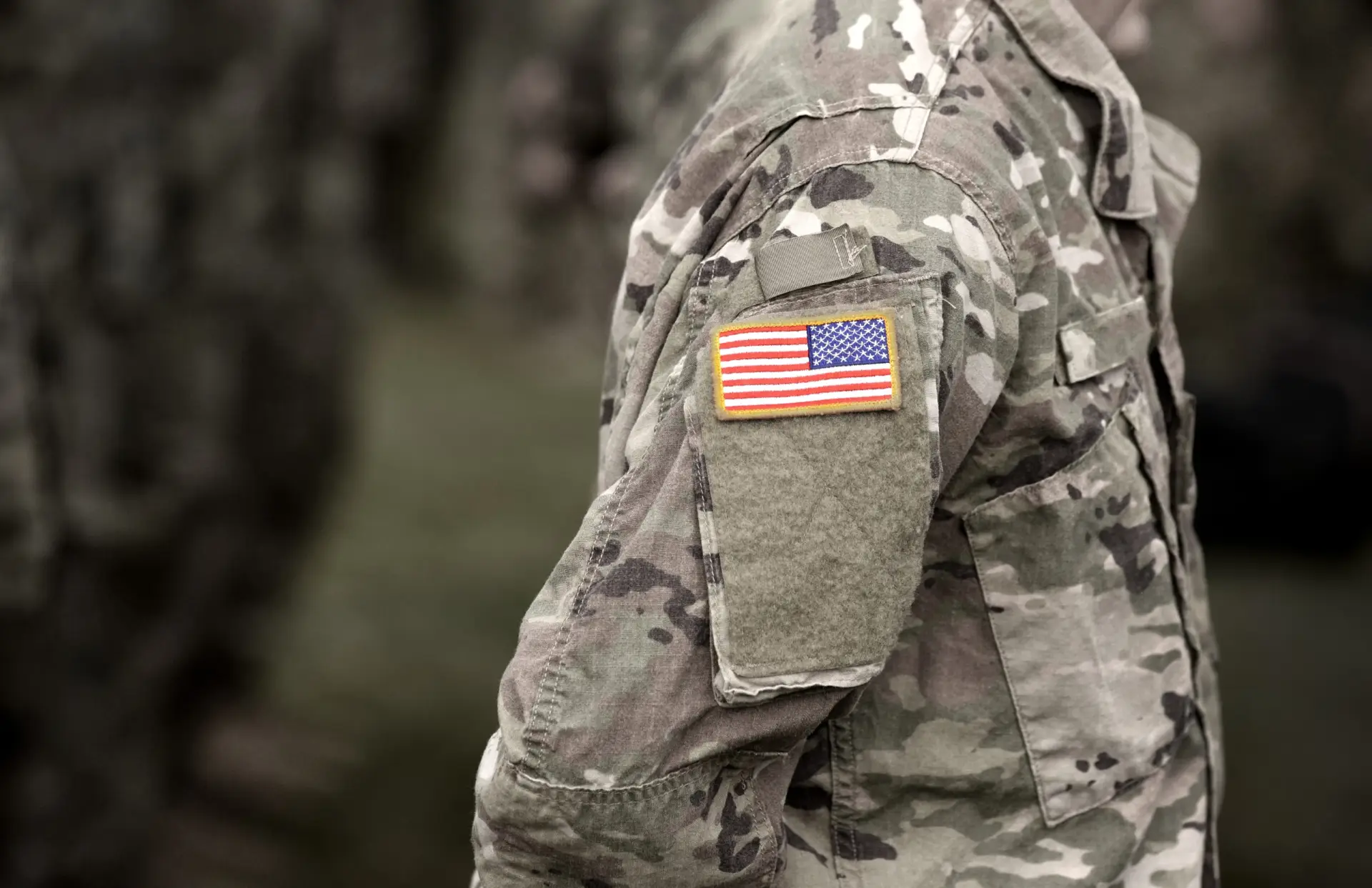
What helped you become self-sufficient?
Addressing my substance abuse issues and getting to know myself better. Also, I abstained from substances and learned about the disease of addiction at Riverside. The treatment modalities and facilities were great. The team there helped me to understand that the disease of addiction is real. It’s not a moral issue. The disease can be arrested and I can live a clean and sober life.
How long did you struggle with substance abuse?
After the Gulf War in 1991, my addiction became fullblown. While dealing with PTSD, I turned to substances to self-medicate. My addiction was over 30 years and 10 years of that were a blur. I’m now coming up on eight months of sobriety. It’s been going well so far.
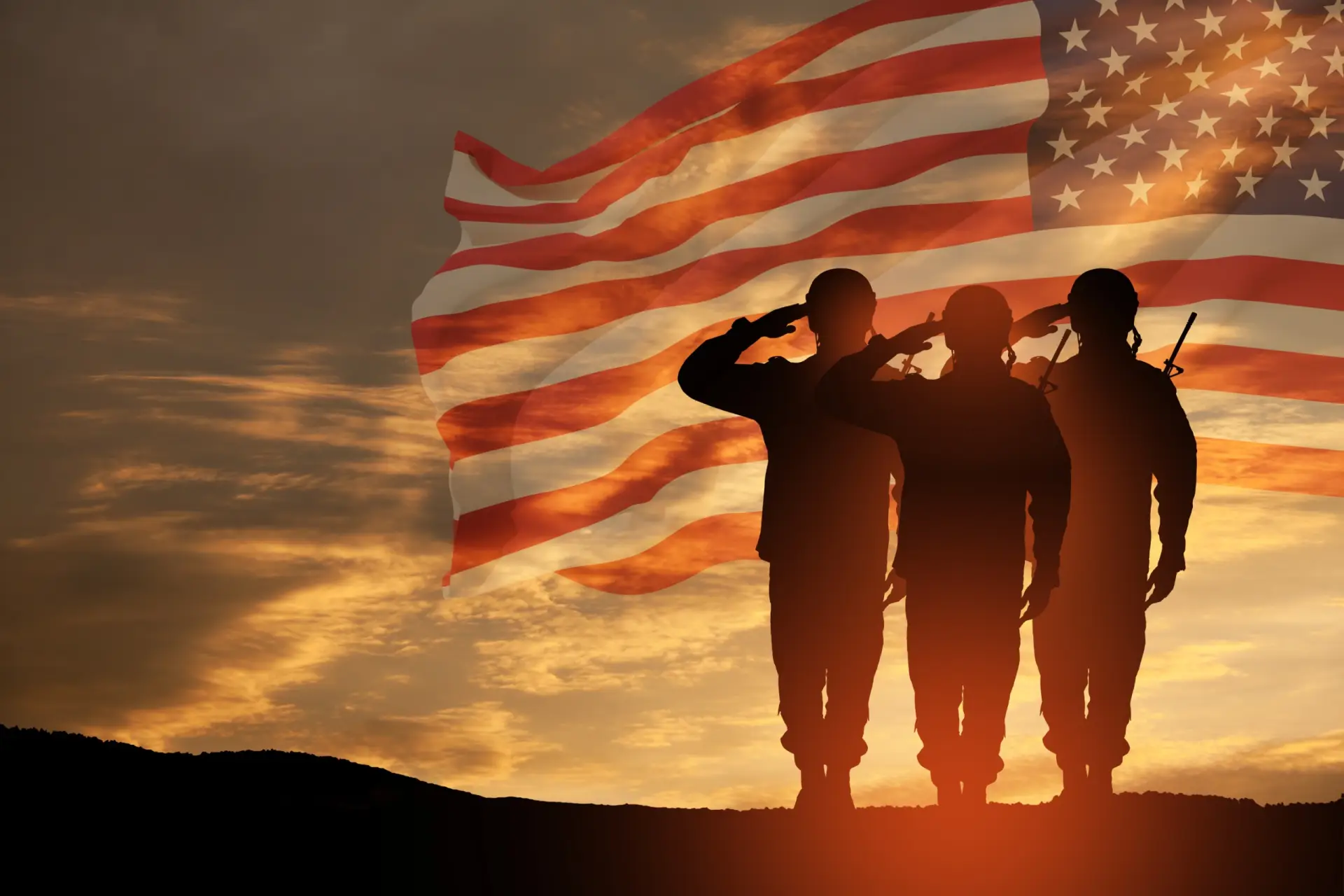
"...after being in the hospital for several days, the staff came to see me. That really showed me... that these people really care about my recovery"

How important was it for you to find a facility that managed your complex medical issues as well as SUD?
Well, I was blessed to find Riverside Recovery because I came to the facility with existing medical issues. The treatment team recognized that on day one and referred me to a hospital where I was treated for exacerbating my COPD via my addiction. What impressed me about Riverside was after being in the hospital for several days, the staff came to see me. That
really showed me and told me these people really care about my recovery.
How did you get connected with Riverside Recovery of Tampa?
It was through the VA. I was ready to get treatment. Going into the substance abuse treatment program, there was a large waiting list so they referred me to Community Care. That’s how I got connected with Riverside, got on the phone with the team, went through the intake process, and was brought right in. It was a very easy process with Riverside Recovery.

"I found myself without a plan and just went back to my community and fell right back into the same patterns. It was a vicious cycle"

Due to your living situation before Riverside, how did you decide where to live after Inpatient Treatment? Did we help with the plan?
Absolutely, you helped with the plan! Prior to this, I made numerous attempts at recovery in other inpatient facilities. However, upon leaving, I found myself without a plan and just went back to my community and fell right back into the same patterns. It was a vicious cycle. Yet, in this program the staff, particularly my therapist, stressed the
importance of continued care in achieving a higher rate of success.
Recognizing this, they facilitated my connection with the staff where I’m currently living. I interviewed with several sober houses, and immediately after completing treatment, was transferred to the one I currently reside in at this time. It’s been working well.
How many times have you been to treatment?
I’ve had five inpatient stays all over the state and country including being sent out to Oregon and Gainesville. It’s really been multiple attempts but nothing as successful as this.


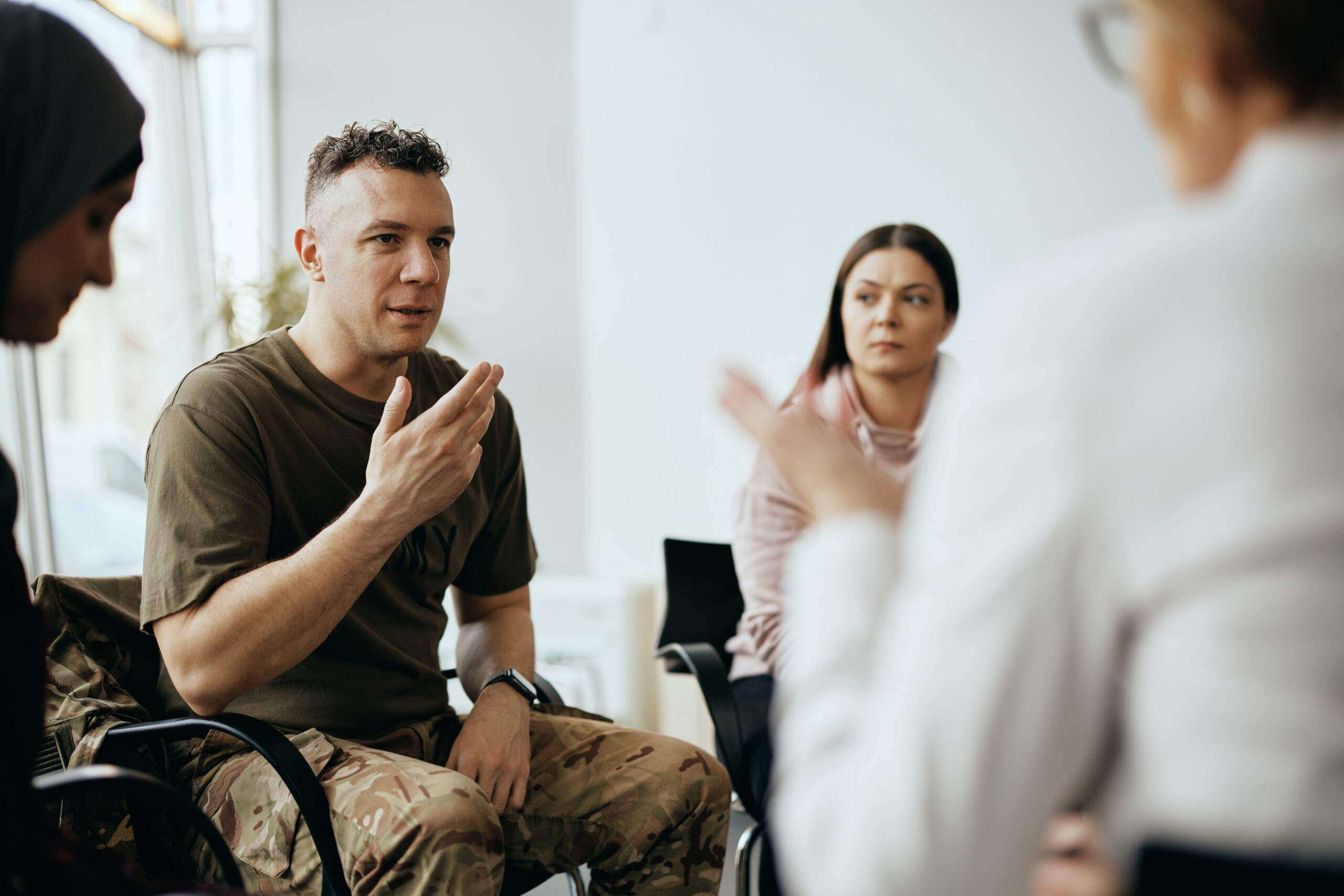
What Do You Think Attributed To Your Success Today?
I believe it was the modality of the treatment. I gained an emotional and spiritual attachment to the actual treatment process itself. That really solidified my desire to stay clean. The A.R.T. treatment, C.B.T. program, and D.B.T. were great. Before it felt like I received the information but applying it to my life is where I got the emotional attachment which really made a difference this time.
When You Came In, We Knew You Were Suffering from PostTraumatic Stress Disorder. Did Providing a Private Room Help In Your Recovery Process?
Absolutely. The single room was very important, especially for veterans. Riverside has a
program designed for Veterans to help process traumas. We met every week to address and process some of our traumas so it was helpful to have a quiet, unpopulated, serene
environment to go back to.
It allowed for moments of self-reflection after a lot of heavy dialog and processing. It was really helpful not having distractions or staying with someone who really doesn’t understand what you’re through can be a challenge. There were fewer distractions that allowed me to focus on my recovery.

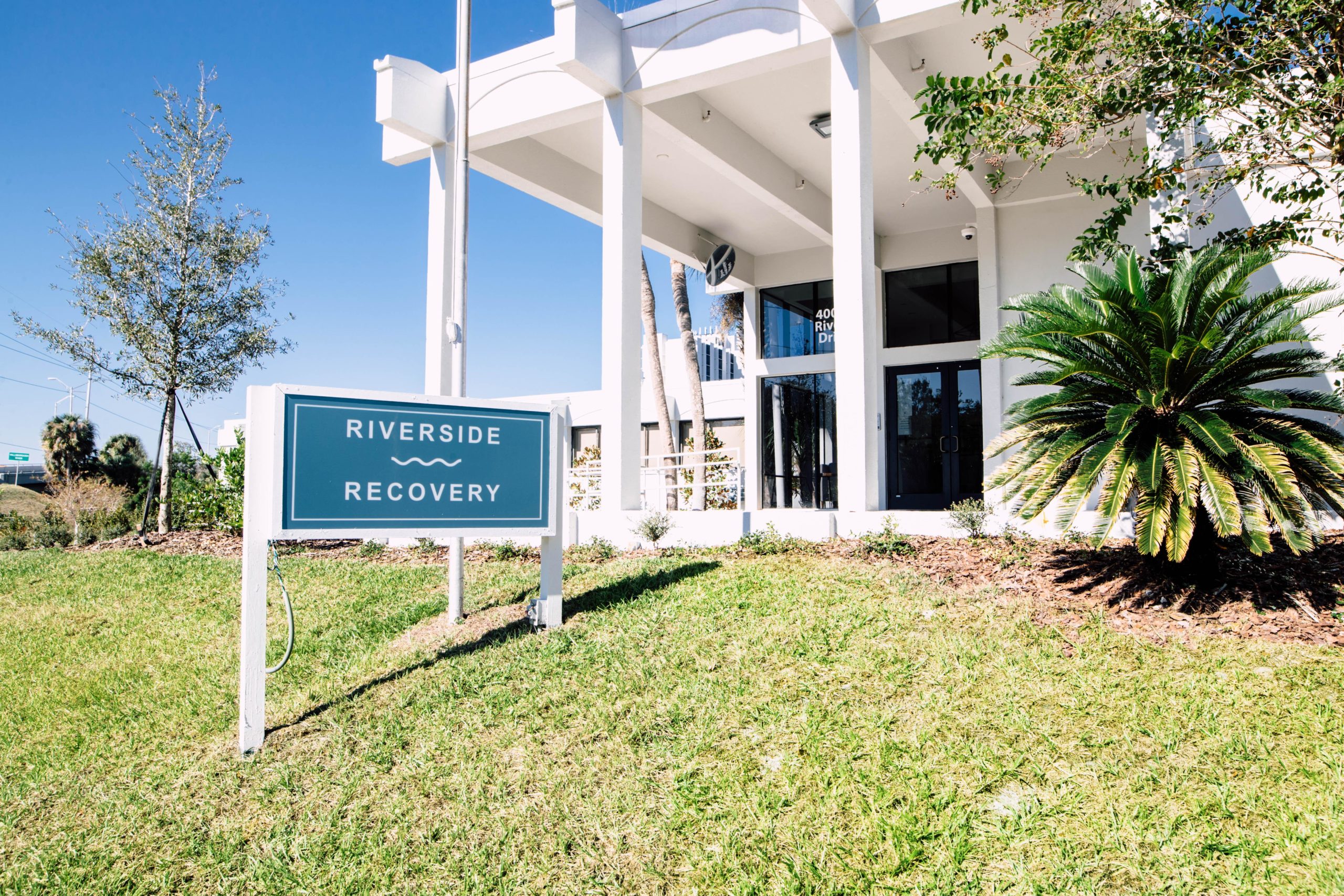
On the Same Subject of PTSD, How Did A.R.T. Help With Your PTSD?
Yes, it was great! It’s not talk therapy, my mind does all the work for me. I was really impressed after I did the eye movement therapy. My therapist immediately after asked me to recall the incident and it was hard to recall it. I mean, it was like magic. I know it’s evidencebased and I don’t know how it works exactly, but it works. I recommend ART to all my fellow veterans. It was the first time I was introduced to this type of therapy. For as long as I’ve been in therapy through the VA and all of their PTSD treatments, this was more successful than any of those.
"I do five things each day: I pray in the morning, speak with another addict, read recovery literature, go to a meeting, and pray at night"
What Is Life Like After Riverside? What Does It Look Like Today?
I’m currently working in Compensated Work Therapy at the James A. Haley VA. You get paid but you’re in a therapeutic mode and it’s aimed to get me back into the workforce. Basically, I’m a concierge at the VA. I’m the first person they see. I greet all the incoming Veterans and
help get them to all their appointments to provide them with a stress-free experience. The VA can be taxing to some people so it’s my job to make their experience as pleasant as possible.
I greet them with a warm smile, thank them for their service, and make sure they have a good experience. It’s really been a great experience. Going from being homeless to inpatient treatment and now working with the VA to return to the workforce has really been wonderful.
I also try to stay very active in the recovery and Veteran Community. Earlier this month, I went to St. Louis to the FOCUS Marine Foundation for a weeklong mental health workshop and introduced a lot of them to the ART thing! I try to stay abreast and attend mental health workshops to stay spot on.
With my addiction, there is no cure, so I have to stay up on the maintenance and look to work on it at every opportunity that I have. It’s a lifelong thing I have to work on. I’ve learned that I get a daily reprieve based on my spiritual condition and I foster that through my faith. I’m a church member and that may not be for everyone but that works for me. The twelve-step programs are key.


What Is Life Like After Riverside? What Does It Look Like Today?
I do five things each day: I pray in the morning, speak with another alcoholic/addict, read some recovery literature, go to a meeting, and pray at night. I’m a proud member of Riverside Recovery’s Alumni program and attend two meetings at Riverside Recovery each week.
Actually, I’ve been scheduled to speak tonight. So, I’m going to get up there and provide some experience, strength, and hope to those still suffering. It’s paramount that I give back freely what was given to me.
